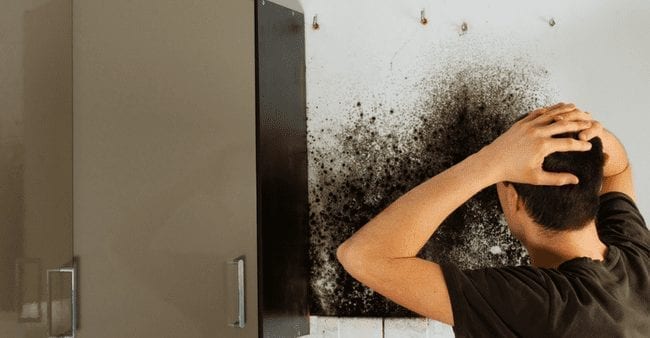What're your ideas on Finding hidden leaks?

Early discovery of dripping water lines can reduce a possible calamity. Apart from conserving you money, it will certainly decrease the aggravation and irritation. The moment you find a leakage, calling your plumber for repair services is the very best solution. Nonetheless, some small water leaks might not be visible. Below are some hacks that help if you can not identify it with your naked eyes.
1. Examine the Water Meter
Every house has a water meter. Inspecting it is a proven manner in which helps you discover leaks. For beginners, turn off all the water sources. Guarantee nobody will flush, utilize the tap, shower, run the washing maker or dish washer. From there, most likely to the meter and watch if it will transform. Since no person is utilizing it, there must be no motions. If it moves, that indicates a fast-moving leak. Likewise, if you detect no changes, wait a hr or more as well as check back once more. This suggests you may have a slow-moving leak that can also be underground.
2. Check Water Usage
If you spot unexpected adjustments, in spite of your consumption being the very same, it means that you have leaks in your plumbing system. A sudden spike in your expense indicates a fast-moving leakage.
A constant boost every month, even with the very same practices, reveals you have a slow leakage that's likewise gradually escalating. Call a plumber to completely examine your building, particularly if you really feel a cozy location on your floor with piping beneath.
3. Do a Food Coloring Examination
When it involves water consumption, 30% comes from bathrooms. Test to see if they are running correctly. Drop specks of food color in the tank and wait 10 minutes. There's a leakage between the tank and dish if the shade somehow infiltrates your dish throughout that time without flushing.
4. Asses Outside Lines
Do not neglect to inspect your outside water lines too. Must water seep out of the link, you have a loosened rubber gasket. One tiny leakage can throw away loads of water and also spike your water bill.
5. Evaluate as well as Evaluate the Situation
Home owners must make it a practice to examine under the sink counters as well as also inside cupboards for any kind of bad odor or mold development. These 2 red flags suggest a leakage so timely focus is required. Doing routine inspections, even bi-annually, can conserve you from a major problem.
Check for stainings and also compromising as a lot of home appliances as well as pipelines have a life expectations. If you believe leaking water lines in your plumbing system, don't wait for it to escalate.
Early detection of leaking water lines can reduce a prospective calamity. Some little water leakages might not be noticeable. Inspecting it is a guaranteed way that aids you find leakages. One little leakage can waste lots of water and also spike your water costs.
If you suspect dripping water lines in your plumbing system, do not wait for it to rise.
WARNING SIGNS OF WATER LEAKAGE BEHIND THE WALL
PERSISTENT MUSTY ODORS
As water slowly drips from a leaky pipe inside the wall, flooring and sheetrock stay damp and develop an odor similar to wet cardboard. It generates a musty smell that can help you find hidden leaks.
MOLD IN UNUSUAL AREAS
Mold usually grows in wet areas like kitchens, baths and laundry rooms. If you spot the stuff on walls or baseboards in other rooms of the house, it’s a good indicator of undetected water leaks.
STAINS THAT GROW
When mold thrives around a leaky pipe, it sometimes takes hold on the inside surface of the affected wall. A growing stain on otherwise clean sheetrock is often your sign of a hidden plumbing problem.
PEELING OR BUBBLING WALLPAPER / PAINT
This clue is easy to miss in rooms that don’t get much use. When you see wallpaper separating along seams or paint bubbling or flaking off the wall, blame sheetrock that stays wet because of an undetected leak.
BUCKLED CEILINGS AND STAINED FLOORS
If ceilings or floors in bathrooms, kitchens or laundry areas develop structural problems, don’t rule out constant damp inside the walls. Wet sheetrock can affect adjacent framing, flooring and ceilings.
https://www.servicemasterbyzaba.com/blog/how-to-detect-water-leakage-in-walls/

I found that blog posting about Locating water leaks while surfing the search engines. Sharing is caring. You never know, you may very well be doing someone a favor. Thank you so much for taking the time to read it.